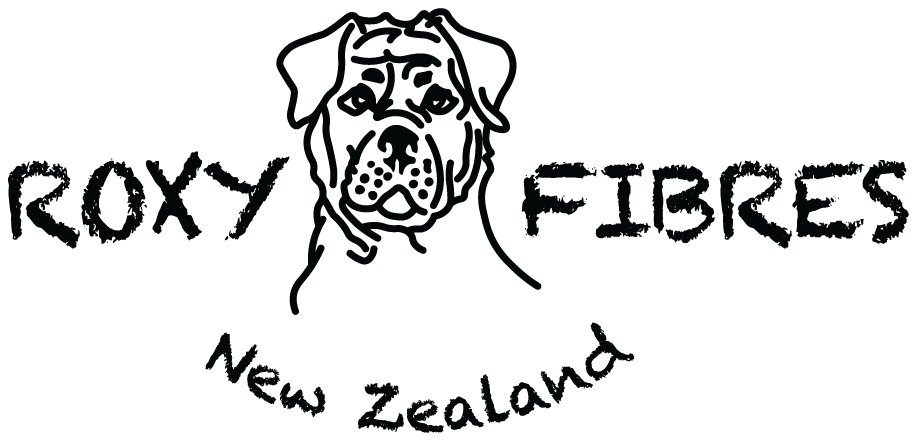Our wools are sourced from New Zealand mills when possible which wash, scour and spin fine New Zealand grown wool into the lovely product we can knit and craft with. There are a number of breeds in New Zealand grown for both meat and wool production. Being able to withstand New Zealand’s environmental conditions and often steep landscapes resulted in a number of interbreeding experiments, with positive results. Coming from urban Australia I hadn’t heard of a number of these, such as the Corriedale (originally a mix of Merino and longer haired breeds, such as Romney, Lincoln and Leicester), Perendale (a Cheviot Romney mix) and Coopworth (mix of Romney and Border Leicester).
All the different breeds have different traits such as particularly fine wool (Merino), fertility and mothering abilities, meat production etc. In the first half of the 20th Century most wool and meat was sent to the UK but after WW2 and the establishment of the European Economic community, New Zealand farmers needed to change tack.
Since late 20th Century there has been a much greater emphasis on genetics and artificial breeding with many more introduced breeds, such as the Finn, from Finnland, Texel from the Netherlands, East Friesian from northern Holland and Germany and the Wiltshire Horn which shed its fleece annually. (What d’ya know!!)
Back to wool quality, which is what we as knitters and crotcheters are particularly interested in, is judged by its strength, fine micron value (the thinness of the wool fibres) and staple length. The crimp of the staple gives wool its great bounce and recovery. The best known breeds in New Zealand are the Merino, producing fine quality wool of 12-24 microns and the Polwarth producing an ultra white wool of 21-25 microns. Wool from a young sheep’s first fleece is the finest.
